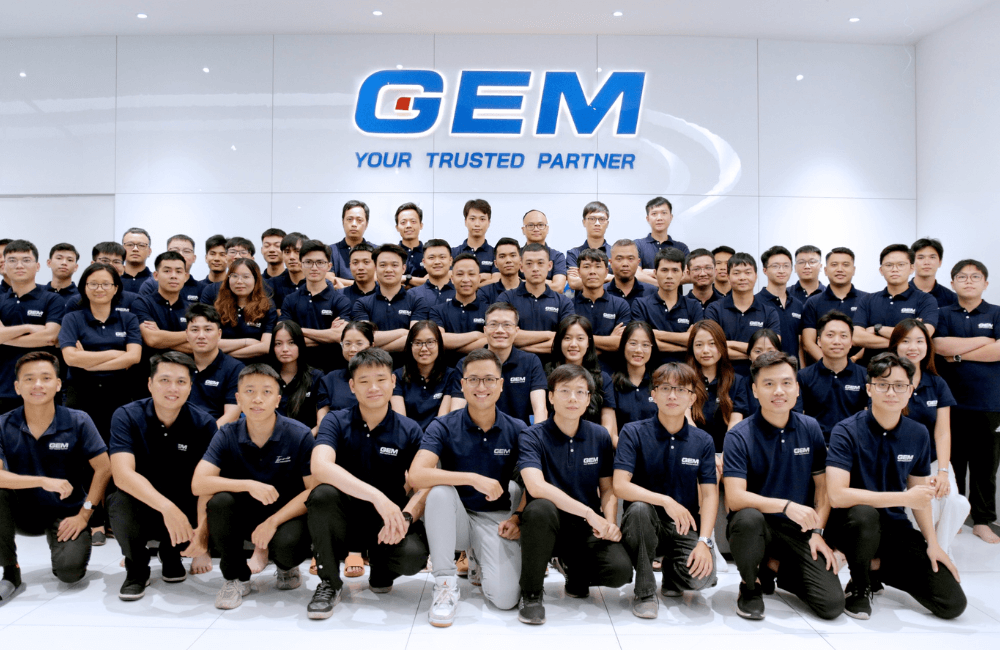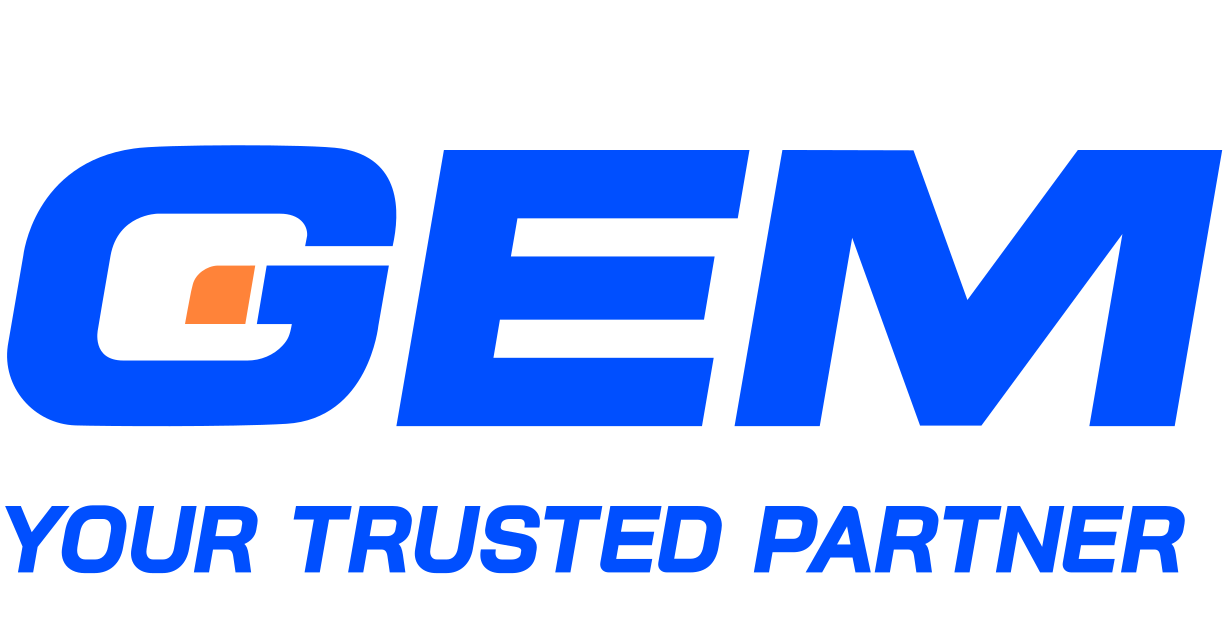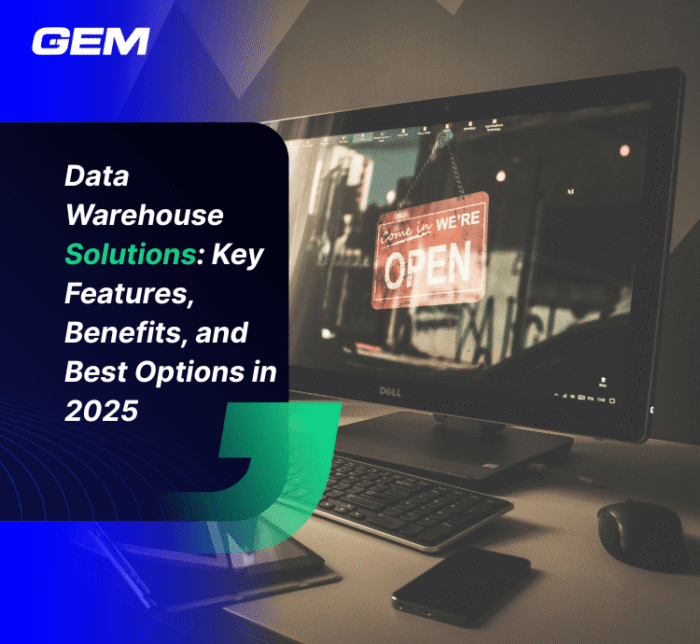Contents
- What is a Dedicated Development Team?
- When Does a Dedicated Team Make Sense?
- Essential Roles in a Dedicated Software Development Team
- Benefits of a Dedicated Development Team
- Steps to Hire a Dedicated Development Team
- Building with GEM Corporation: Proven Dedicated Teams for Complex Software Delivery
- Conclusion
More companies are hiring a dedicated development team for hire to support long-term product delivery without increasing internal headcount. This approach fits teams looking to build and scale complex software while maintaining control over execution. It’s driven by access to deeper talent networks, flexible resourcing, and stable collaboration structures that outperform short-term contracts. In this article, we’ll break down how the model works, what roles are involved, and how to select and manage a team built for sustained delivery.
What is a Dedicated Development Team?

A dedicated development team for hire is a group of external software professionals who work exclusively on your project and operate as a seamless extension of your internal team. This model supports long-term product development by offering consistent technical delivery, deep alignment with your business goals, and the flexibility to scale resources based on need without the fixed cost of full-time hires. It’s a structured, partnership-based approach that supports startups, growing tech companies, and enterprises managing complex or ongoing software initiatives.
Key Characteristics
- Exclusive Focus
The team is assigned to your project only, with no parallel commitments, improving delivery speed and alignment.
- Integration
Working with your internal systems, tools, and culture, the team becomes part of your extended product organization.
- Scalability
You can adjust the team size, structure, or skill composition to match shifting product requirements or business goals.
- Specialized Expertise
Access to vetted professionals across roles – software engineers, QA specialists, designers, DevOps, project managers, who bring deep technical knowledge from prior engagements.
- Flexibility
The model adjusts to changing timelines, scope, or strategy, making it suitable for iterative development and evolving roadmaps.
When Does a Dedicated Team Make Sense?

The dedicated team model fits best in scenarios where long-term alignment, technical depth, and delivery continuity matter. It’s often used by companies that need to accelerate development without stretching in-house capacity or diverting focus from core operations. Common use cases include:
- Long-term product builds with evolving scope
When product requirements are expected to shift over time and need a stable team to adapt and deliver consistently.
- Need for niche technical expertise not available in-house
For projects involving specific stacks, compliance needs, or domain-heavy workflows.
- Internal team bandwidth constraints
When in-house developers are committed to core systems and can’t support new feature delivery or parallel products.
- Projects where IP control and team continuity are critical
Cases where knowledge retention, documentation, and close collaboration with internal stakeholders are priorities.
Essential Roles in a Dedicated Software Development Team

A strong dedicated team brings together core technical and strategic functions required to build and maintain software at scale. Each role contributes to both the execution and the collaboration process, making the team more than just a group of developers.
- Frontend / Backend Engineers
These are the builders of your product. Frontend engineers focus on the user interface and client-side logic, while backend engineers handle server-side architecture, database interactions, and core business logic. Together, they deliver the functionality and performance users expect.
- DevOps Engineer
Responsible for setting up and maintaining CI/CD pipelines, managing cloud infrastructure, and monitoring system performance. Their work keeps development and deployment efficient, stable, and traceable, especially important when scaling or releasing frequently.
- QA Specialist
Oversees the quality assurance process through both manual and automated testing. Automation testing helps maintain speed and consistency in regression cycles, while manual testing covers edge cases and usability. QA specialists flag issues early, keeping the release pipeline clean.
- UI/UX Designer
Translates product requirements into user-friendly interfaces. In addition to interface design, they often conduct usability testing and work closely with developers to maintain design fidelity during implementation.
- Project Manager / Delivery Lead
Serves as the operational bridge between your internal stakeholders and the dedicated team. They manage timelines, track progress, coordinate sprint planning, and keep the team aligned with business priorities. A delivery lead also mitigates blockers before they affect development flow.
- Business Analyst
Especially useful in domain-specific projects, the business analyst interprets functional requirements and translates them into technical tasks. Their involvement improves clarity and reduces back-and-forth between stakeholders and developers.
- Security Engineer
For industries where data protection, compliance, or system integrity is non-negotiable, this role ensures that secure coding practices, vulnerability scanning, and threat modeling are part of the development process from day one.
Benefits of a Dedicated Development Team

The dedicated team model solves both capacity and capability challenges. It supports long-term product delivery while keeping operational complexity manageable.
Cost Efficiency
Hiring in mature offshore or nearshore markets offers access to experienced professionals at sustainable rates. The cost structure is predictable, and there’s no need to invest in recruitment, infrastructure, or local compliance.
Scalability
Teams can be expanded or streamlined based on the product roadmap. For example, you can bring in additional QA engineers for a release cycle or add DevOps capacity when moving to a cloud-native setup.
Access to Expertise
Dedicated development partners maintain large talent networks. This gives you access to specialists in areas like automation testing, microservices architecture, or mobile development without needing to search or vet talent independently.
Administrative Support
The vendor handles logistics, including hiring, onboarding, payroll, and performance tracking. This allows your internal team to stay focused on product direction and strategic decisions.
Long-Term Focus
Unlike freelancers or short-term staff augmentation, a dedicated team stays with your product over time. This leads to stronger product knowledge, better collaboration, and fewer slowdowns caused by context switching or re-onboarding.
Steps to Hire a Dedicated Development Team

Hiring a dedicated development team requires a structured process that aligns delivery capabilities with business goals. Below is a step-by-step approach to setting up a dedicated team built for long-term execution.
1. Define Your Scope and Priorities
Start by documenting the scope of your project:
Core features and functionality
- Technical stack and architecture preferences
- Timeline and key milestones
- Budget constraints and allocation
- Team composition (e.g., full-stack developers, QA, DevOps)
Clear inputs at this stage reduce ambiguity later and help the provider match resources more accurately to your needs.
2. Select a Provider Aligned with Your Domain
Choose a partner with proven experience in your industry or product category. Review their case studies, client base, and technical capabilities. Look for signs of domain familiarity, such as regulatory knowledge in fintech or workflow depth in logistics.
Key evaluation points:
- Delivery track record and references
- Talent sourcing model (in-house vs. freelance networks)
- Communication and project management practices
- Security and compliance standards
3. Review and Interview Candidates

Once shortlisted, the provider will propose candidates for each role. These are usually drawn from their internal bench or pre-vetted network.
Steps in this phase:
- Resume and portfolio review
- Live technical interviews or coding tests
- Evaluation of problem-solving approach, communication, and team fit
- Optional: trial assignment or short-term contract to assess collaboration
Your involvement here is crucial. While the provider handles sourcing, final selection should reflect your team’s culture and expectations.
4. Set Up Contracts and Onboarding Plan
Once candidates are confirmed, finalize the contract terms. This should include:
- Statement of work (SOW)
- Roles and responsibilities
- Hourly or monthly rates and billing terms
- IP ownership and confidentiality clauses
- Termination and notice periods
In parallel, prepare an onboarding plan with access to tools, repositories, and documentation. Assign internal contacts for project, product, and engineering oversight.
5. Launch with a Pilot Sprint
Start with a short execution cycle, typically 2-4 weeks, to validate team dynamics, technical output, and communication flow. A pilot sprint helps surface early issues and sets the baseline for future collaboration.
Key goals:
- Test backlog grooming and sprint planning
- Evaluate code quality and delivery pace
- Identify friction points in decision-making or tool usage
Use this phase to refine processes before expanding scope.
6. Establish Cadence and Feedback Loops

Once the team is in rhythm, formalize working patterns to keep delivery aligned with expectations.
Core components:
- Daily stand-ups to track progress and blockers
- Biweekly sprint reviews and retrospectives
- Monthly performance check-ins
- Shared documentation (e.g., Notion, Confluence) for transparency
- Task tracking via tools like Jira, Azure DevOps, or Trello
- Asynchronous updates using Slack, Loom, or internal dashboards
Time zone planning is important, especially for cross-border teams. Aim for at least two hours of working overlap for real-time collaboration.
7. Managing the Relationship
Ongoing success depends on proactive relationship management. Assign an internal stakeholder (Product Owner, Engineering Lead) to act as the bridge between your core team and the vendor’s delivery lead.
Focus areas:
- Communication rhythms: keep them consistent and outcome-focused
- Performance metrics: monitor velocity, defect rate, team satisfaction, and delivery predictability
- Escalation protocol: define how issues are raised, tracked, and resolved
- Culture and alignment: invest time in building trust and shared norms
Regular check-ins, both tactical and strategic, maintain alignment across milestones.
8. Risks and How to Address Them
While the dedicated team model offers long-term stability, it’s important to account for known risks:
Misalignment of expectations
Solution: Invest time upfront in clarifying scope, delivery goals, and communication workflows.
Turnover within vendor teams
Solution: Ask about bench strength, handover processes, and how replacements are managed.
Knowledge silos
Solution: Encourage documentation, pair programming, and shared ownership of code modules.
IP protection
Solution: Use contracts that clearly define IP ownership and confidentiality. Work with providers who follow secure development practices and comply with relevant regulations.
Taking a structured approach mitigates these risks and positions your team for reliable long-term delivery.
Building with GEM Corporation: Proven Dedicated Teams for Complex Software Delivery

GEM Corporation provides full-cycle software engineering services for companies developing new digital platforms or evolving legacy systems. With over 500 engineers, designers, and QA specialists, our delivery spans backend architecture, mobile app development, cloud-native systems, and automation testing. GEM has been recognized as a Top Software Development Company by Clutch, a Top Mobile App Development Company in Vietnam, and one of Vietnam’s Top 10 Digital Technology Companies – validations that reflect our depth in product development and technical delivery.
Our dedicated team model is structured for long-term execution. Teams are formed to match your tech stack, workflow, and release cadence, with GEM managing sourcing, onboarding, and technical oversight. Engineers work exclusively on your product, while you retain full control over roadmap, priorities, and performance. This structure supports companies scaling delivery without expanding internal headcount, while maintaining the quality, continuity, and ownership needed for sustained product growth.
Explore more:
Conclusion
Choosing a dedicated development team for hire offers a practical structure for companies looking to scale digital capabilities with control, efficiency, and speed. As outlined in this guide, success depends on selecting the right partner, defining ownership early, and aligning on communication and delivery models. In 2025, demand for flexible, long-term product teams will continue to grow, especially as organizations prioritize focus over fixed capacity. With the right setup, dedicated teams can deliver predictable outcomes while staying deeply aligned with business goals, product vision, and technical standards.
To explore how GEM builds and manages dedicated teams tailored to your product roadmap, get in touch with us today.






